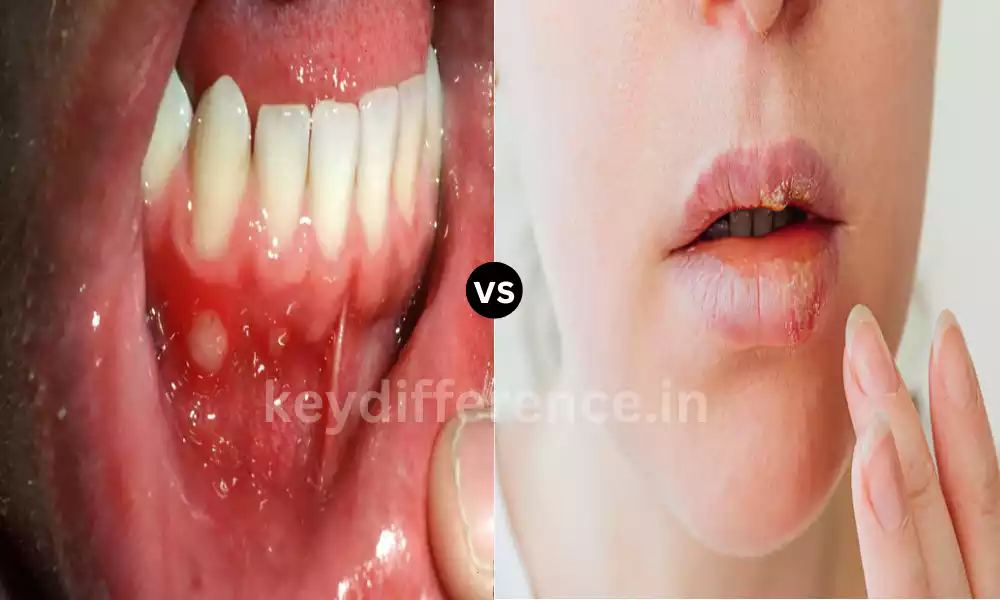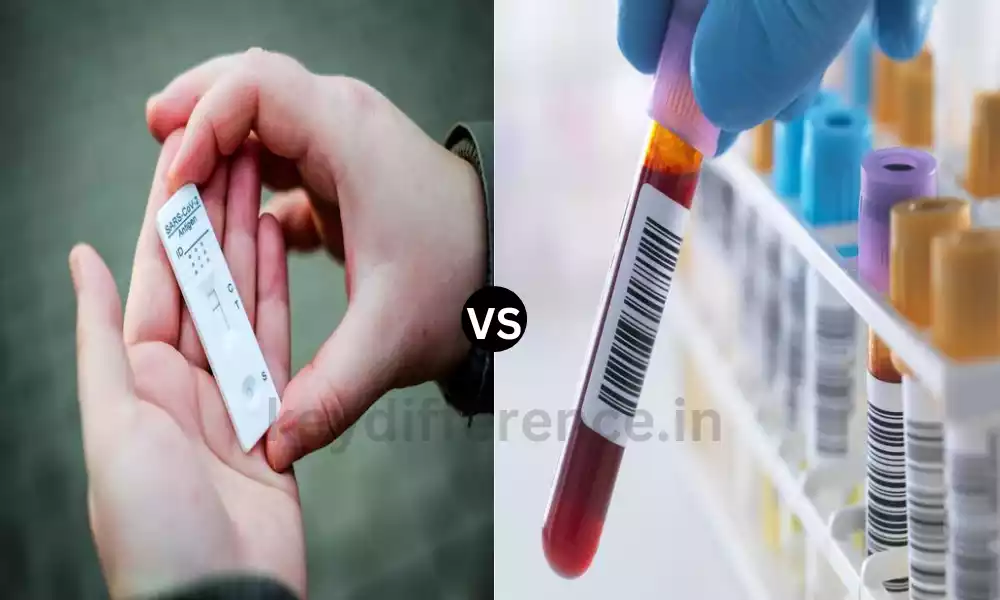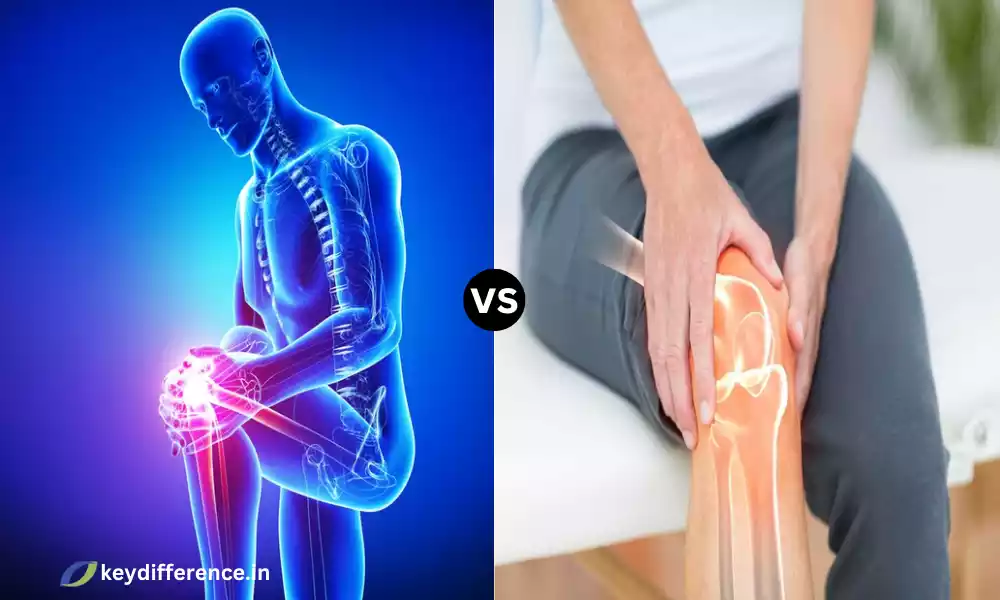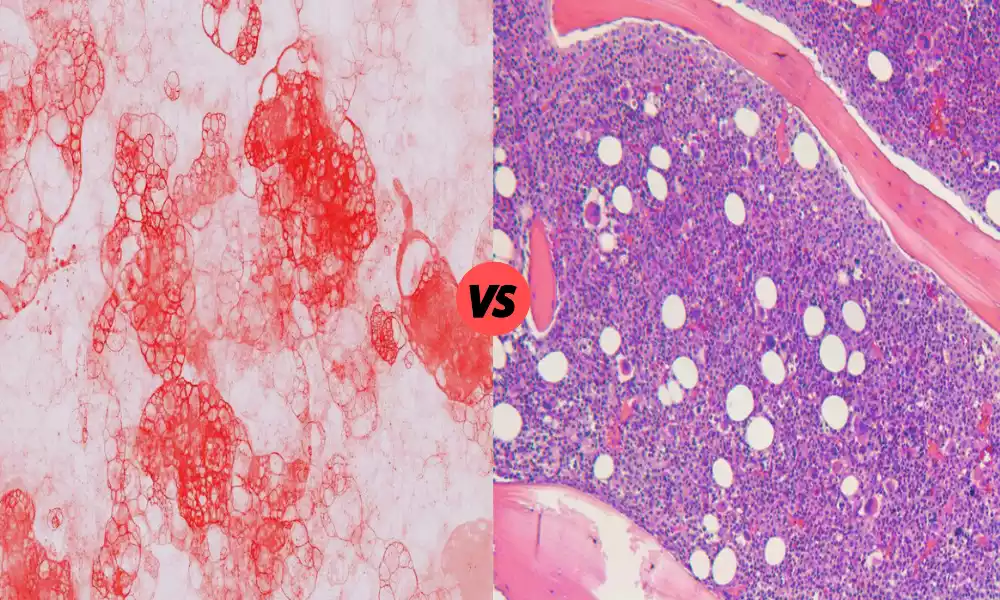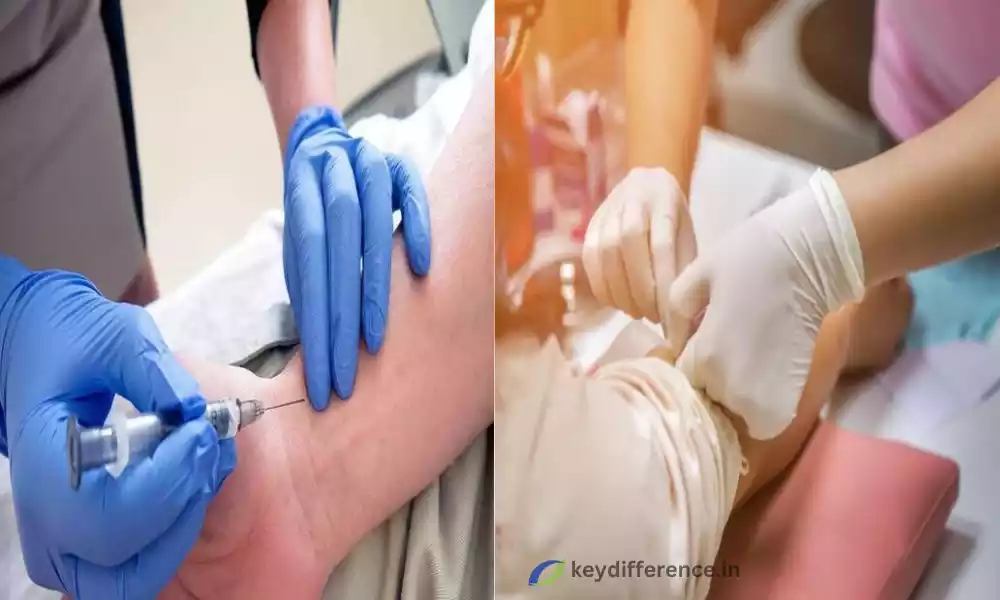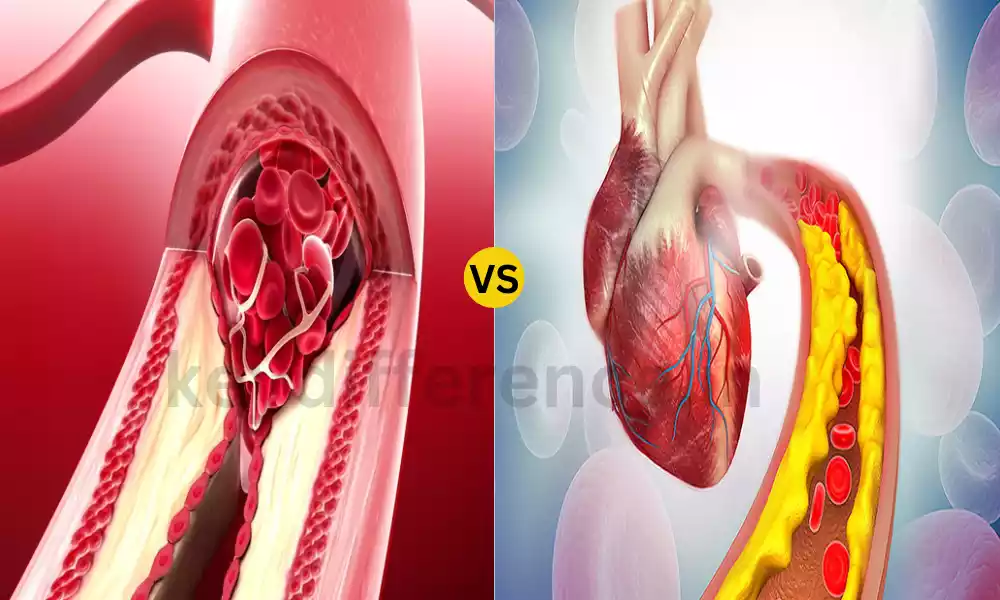Oral ulcers are a frequent event, leading to discomfort and worry for those who are affected. Two distinct kinds of mouth ulcers exist Aphthous Ulcers and Herpetic Ulcers. Each one has distinct characteristics their causes, as well as treatment.
The major differences between the two types of ulcers, help the reader discern the difference between them, which leads to better diagnosis and treatment options.
What are Aphthous Ulcers?
Aphthous ulcers, also known in the field of canker sores can be painful and persistent sores or ulcers that form in the mucous membranes of the mouth, such as the cheeks’ inside mouth, lips, tongue as well as the palate.
They typically are distinguished by their small oval or round shape, with the center being white or yellowish and a red border. They can be extremely uncomfortable, especially after drinking, eating, or talking, however, they’re generally harmless and are not infectious.
The reason for aphthous ulcers is unknown, however, they are believed to be caused by a variety of circumstances like food-related stressors or genetic factors, as well as minor oral injury. Aphthous ulcers generally heal themselves within two weeks. They can be treated with topical medication available over the counter and pain relief methods.
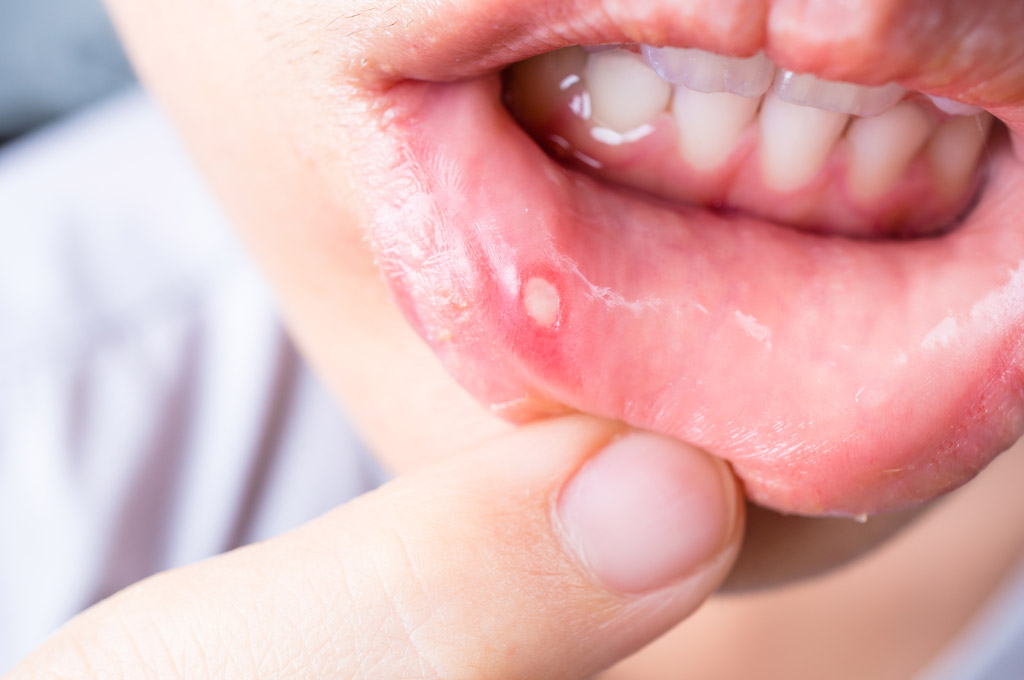
What are Herpetic Ulcers?
Herpetic ulcers, which are also referred to as herpes labialis and cold sores are infected and painful sores that form in or on the lip however, they may also appear within the mouth or even within the gums. The cause of these ulcers is herpes simplex viruses (HSV) HSV-1 being the main reason for oral herpes. Herpetic ulcers are typically seen as a cluster of blisters filled with fluid that can rupture can cause itchy and painful sores.
Herpes labialis can be extremely contagious during the blister phase and it is transmitted by direct contact with the affected area, or through sharing things like utensils, towels, and lip balm. When infected, the virus may remain within the body and develop a recurring infection, leading to frequent outbreaks.
Herpetic ulcer treatment typically requires antiviral medication to decrease the duration and severity of symptoms. Topical treatments can help ease discomfort. Being hygienic and avoiding triggers may help prevent outbreaks and reduce the chance of transmission to other people.

Importance of Distinguishing Between Aphthous and Herpetic Ulcers
The distinction between aphthous ulcers and herpetic ulcers is essential for a number of reasons:
- Treatment Choice: The treatment approaches for both kinds of ulcers differ greatly. Aphthous ulcers can be treated with topical medicines available at the pharmacy as well as pain relief treatments Herpetic ulcers might require antiviral medication to lessen the duration and severity of symptoms. A precise diagnosis ensures that the correct treatment is given, enhancing the patient’s health and comfort.
- The risk of spreading the virus: Herpetic ulcers are extremely contagious during the blister phase and the herpes simplex virus is able to be spread through direct contact. Being aware of the difference can help people take the appropriate precautions to avoid spreading the virus to others, for example, avoid having a kiss or sharing personal belongings in the course of an outbreak.
- Recurrent Outbreaks: Herpetic ulcers created by the herpes simplex virus may recur frequently throughout a person’s lifetime. Knowing the causes of these ulcers will aid individuals in recognizing recurring outbreaks and seeking immediate treatment when needed, thereby decreasing the frequency and severity of subsequent episodes.
- Public Health: Identification and treatment of herpetic ulcers is crucial for the health of the public as it will help to stop transmission of the herpes simplex virus in communities. Being aware of the possibility of transmission and ensuring appropriate behavior during outbreaks could assist in stopping transmission.
- Patient Education: Distinguishing between different types of oral ulcers can provide patients with more information regarding their situation. Patients can gain a better understanding of the reasons, risk factors, and preventive measures that are associated with every type of ulcer and improve self-care and overall dental health.
- Reducing Anxiety: Oral ulcers are an anxiety source for those who are unsure about the cause of their condition or whether they are contagious. A clear diagnosis and education can help reduce anxiety through an understanding of the condition as well as its effects.
- Beware of Misdiagnosis: A misdiagnosis could lead to excessive anxiety, delays in treatment, and inadequate treatment options. The distinction between herpetic and aphthous ulcers can prevent misdiagnosis and help ensure your patients get the best medical treatment as quickly as possible.
Knowing the difference between herpetic ulcers and aphthous ulcers is crucial to ensure a proper diagnosis, effective treatment, and prevention of transmission and overall health for those suffering from these oral diseases. Additionally, it plays a part in the public health field by helping to reduce the transmission of herpetic ulcers that are contagious within the communities.
Comparison Table of Aphthous Ulcers and Herpetic Ulcers
Here’s a comparison table highlighting the key differences between aphthous ulcers and herpetic ulcers:
| Characteristic | Aphthous Ulcers | Herpetic Ulcers |
|---|---|---|
| Definition | Painful, non-contagious ulcers | Painful, contagious ulcers |
| Causative Agent | Unknown (possible triggers) | Herpes Simplex Virus (HSV) |
| Common Locations | Inside the mouth, lips, tongue | Around the lips, occasionally inside the mouth or gums |
| Clinical Presentation | Small, round, or oval-shaped ulcers with a white or yellowish center and red border | Clusters of fluid-filled blisters that can rupture into painful sores |
| Contagiousness | Non-contagious | Highly contagious, especially during the blister phase |
| Etiology | Triggers may include stress, genetics, minor mouth injuries | Caused by HSV-1 (oral herpes) or HSV-2 (genital herpes), transmitted through direct contact |
| Duration | Typically heal within 1-2 weeks | Initial outbreak can last 2-4 weeks, recurrent outbreaks are shorter |
| Recurrence | Generally sporadic, not recurring | Recurrent outbreaks may occur periodically |
| Treatment and Management | Over-the-counter topical medications, pain relief measures, avoiding triggers | Antiviral medications (e.g., acyclovir), pain relief, symptom management, and preventive measures |
| Public Health Implications | Non-contagious, minimal public health impact | Contagious, can spread easily within communities if not managed |
This table provides a concise overview of the main differences between aphthous ulcers and herpetic ulcers, including their causes, clinical presentation, contagiousness, and management.
Importance of distinguishing between aphthous and herpetic ulcers
Differentiating between aphthous lesions (canker sores) and herpetic ulcers (cold sores or fever blisters) is essential for a variety of reasons:
- The Correct Method: Methods of treatment for aphthous ulcers as well as herpetic ulcers are different. Aphthous ulcers aren’t viral in nature, but they usually respond to topical or systemic medication designed to reduce discomfort and encourage healing. Herpetic ulcers, on the contrary, are caused by an infection (Herpes Simplex Virus) and require antiviral drugs to control the condition efficiently. The wrong treatment could result in a delay in healing and discomfort.
- Preventing Transmission: Herpetic ulcers can be infectious, and contact with close or oral-genital contact may result in the spread of the virus. Understanding the distinction between the different types of ulcers will help individuals take the proper precautions to prevent spreading the virus to others.
- Patient Comfort: Aphthous ulcers are extremely painful and resolving discomfort is the main issue. Herpetic ulcers can also create discomfort, however, treatment strategies for pain may include antiviral medicines as well as pain relief strategies. A precise diagnosis will ensure that patients are provided with the most effective treatment for pain.
- Preventing Complications: Herpetic ulcers could cause complications, such as eye infections (herpetic Keratitis) or more serious systemic infections. Differentiating them from aphthous lesions will allow early treatment to prevent complications.
- Public Health: Knowing and accurately finding the source of oral ulcers is crucial in efforts to prevent the spread of infectious illnesses like herpes. Inadvertently diagnosed problems can result in transmission, which can lead to the spread of the virus throughout the population.
- Psychology Impact: All types of mouth ulcers may have a psychological impact on patients due to their appearance and discomfort. A precise diagnosis and the right treatment may help ease the stress and anxiety that are associated with oral ulcers.
- Treatment for Recurrence: Knowing if a patient is experiencing persistent herpetic ulcers or aphthous ulcers may help in long-term treatment and strategies to prevent them. For instance, those with frequent herpetic ulcers could be able to benefit from an antiviral treatment to lessen the incidence and severity of the flares.
knowing the difference between herpetic ulcers and aphthous ulcers is vital to providing the appropriate treatment to prevent transmission, providing the comfort of patients while avoiding any complications, and helping to improve public health. Additionally, it plays a part in reducing the psychological burden of oral ulcers, and in providing long-term strategies for managing repeated cases.
Location on or around the mouth
When deciding between herpetic and aphthous ulcers, the position of the ulcers around the mouth may be an important factor to think about:
- Aphthous Ulcers (Canker Sores):
- Aphthous ulcers usually appear in the mucous membranes of the mouth. They can be found on:
- Inside the cheeks
- Inside the lips
- Tongue
- Soft palate (the portion that runs behind the mouth’s roof)
- The Throat (less frequently)
- Aphthous ulcers usually appear in the mucous membranes of the mouth. They can be found on:
Aphthous ulcers generally aren’t located on the lip’s outer surface or on the skin surrounding the mouth. They are restricted to the mucous membranes in the mouth cavity.
- Herpetic Ulcers (Cold Sores or Fever Blisters):
- Herpetic ulcers caused by Herpes Simplex Virus (HSV) usually appear around or on the lips. They are most often seen on the following:
- Outer lip (vermillion border)
- Lips and skin
- The corners of the mouth
- Sometimes, they may extend over the chin or even to the nose.
- Herpetic ulcers caused by Herpes Simplex Virus (HSV) usually appear around or on the lips. They are most often seen on the following:
Herpetic ulcers exhibit a distinctive appearance that is characterized by the appearance of a fluid-filled blister that could break open and form a crust on top of it. They are more likely to appear on the outside of the oral cavity than the aphthous ulcers.
The difference in the place is among the signs healthcare professionals can employ to distinguish between herpetic ulcers and aphthis. It is important to keep in mind that a clinical diagnosis might require additional criteria and in certain instances, lab testing (such as viral tests as well as PCR tests) could be necessary to determine whether there’s herpesvirus in herpetic ulcers.
Safe practices to avoid transmission
Secure practices to stop Herpetic ulcers being transmitted (caused by the Herpes Simplex virus) are vital to stop the spreading of the virus to other people.
Here are some important practices to be followed:
- Avoid Close Contact During Outbreaks:
- Avoid physical contact, for example kissing anyone if you are suffering from active herpetic ulcers, or are experiencing the symptoms of prodromal (tingling or itching or burning) that indicate an outbreak.
- Practice Good Hand Hygiene:
- Hands should be cleaned frequently using the soap or water you use, particularly after touching the area affected. This will reduce the chance of transmitting it to different areas of your body as well as others by contact with the affected area.
- Do Not Share Personal Items:
- Avoid sharing objects that touch your face or mouth in the course of an incident. This includes towels, lip balms razors, utensils, and drinking glasses.
- Use Barrier Methods:
- If you suffer from Genital Herpes and are involved in sexual activity, make use of barrier methods such as condoms or dental dams regularly and in a correct manner. Keep in mind that herpes is passed on even if there aren’t any visible wounds.
- Educate Partners:
- Tell your partners of your herpes status, particularly when you are suffering from Genital herpes. Transparent and honest communication is vital for gaining secure sexual interactions.
- Antiviral Medications:
- If you experience frequent or serious herpetic outbreaks Consult a doctor. They might recommend antiviral medication that can reduce the intensity and frequency of outbreaks as well as reduce the chance of transmission.
- Avoid Oral-Genital Contact During Outbreaks:
- In the event of oral herpes flares (herpetic oral ulcers) do not engage in sexual contact with your mouth to avoid transmitting herpes virus in the female genital region in your companion.
- Practice Cautions for Newborns:
- Herpes can be extremely dangerous for infants who have been exposed to this virus at the birth of their child. If you suffer from herpes genital, you should inform your healthcare professional to ensure that the appropriate precautions are taken during pregnancy as well as during childbirth.
- Manage Stress:
- Herpes outbreaks can be triggered by stress. Try stress-reducing techniques like meditation, exercise, and relaxation in order to decrease the likelihood of outbreaks.
- Regularly take antiviral Medication (if it is prescribed):
- If you experience frequent breakouts of herpes, your physician may recommend antiviral medication to use on a daily basis (suppressive treatment). This may help lower the chance of transmitting to your partner.
Be aware that although these methods could reduce the risk of transmission, there’s no way to 100% remove the risk, particularly those who are spreading unnoticeably.
If you or someone else in your family suffers from herpes, it’s essential to collaborate closely with a medical professional to control the disease and create a plan to minimize the risk of transmission while ensuring an active and healthy lifestyle.
Conclusion
“Oral ulcers can be a source of discomfort and concern. Among them, aphthous ulcers and herpetic ulcers are two distinct types with varying causes, symptoms, and treatments. Understanding the differences between these ulcers is essential for accurate diagnosis and appropriate care.
We’ll explore the disparities between aphthous ulcers, often referred to as canker sores, and herpetic ulcers, commonly known as cold sores or fever blisters, to help you recognize and manage them effectively.”

